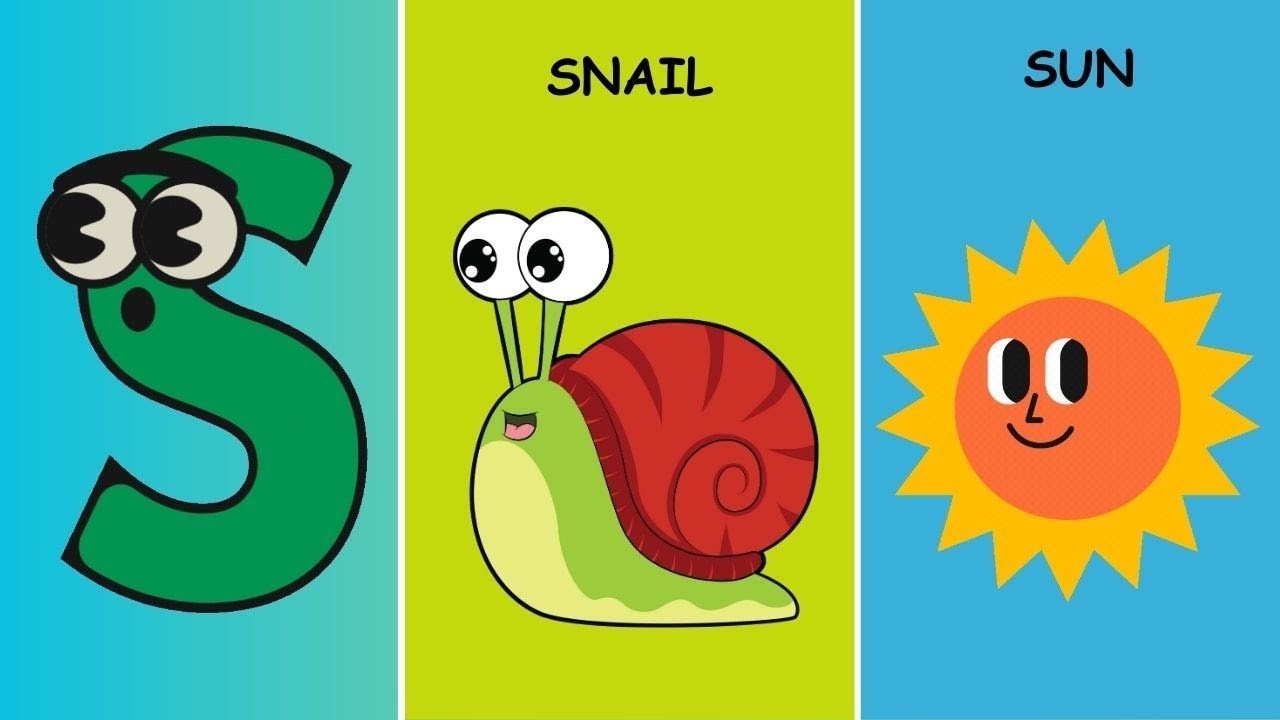3 Letter Phrase with S – unlocking its secrets and techniques guarantees an interesting journey into the depths of wordplay and hidden meanings. Put together to be stunned as we discover the probabilities and intricacies surrounding this seemingly easy phrase.
Three-letter phrases ending in “s” are surprisingly widespread within the English language, however what in regards to the abbreviation “LTR”? Understanding its context, like “LTR” that means “left-to-right” in textual content formatting, what does ltr mean in text , is essential for clear communication. This impacts how we interpret and use these three-letter phrases in several conditions, that are important to investigate in context.
This exploration delves into the varied interpretations and potential purposes of this three-letter phrase, revealing its significance throughout completely different contexts. From its widespread utilization to its extra nuanced meanings, we’ll uncover the hidden depths of this intriguing linguistic ingredient.
Quick three-letter phrases ending in ‘s’ are surprisingly widespread within the English language. Understanding their numerous purposes, nevertheless, usually requires a deeper dive into context. As an illustration, what does 6-7 imply in particular conditions? what does 6-7 mean This understanding is essential for exact communication and avoiding misinterpretations. Finally, realizing the context surrounding these brief phrases is vital to their right software.
Three-letter phrases ending in ‘s’ are surprisingly numerous, showing in numerous contexts, from on a regular basis dialog to specialised technical jargon. Understanding their utilization can improve your vocabulary and communication abilities. This complete information delves into the fascinating world of those phrases, exploring their origins, meanings, and purposes.
Categorizing 3-Letter Phrases with ‘S’: 3 Letter Phrase With S
To raised grasp the scope of those phrases, we’ll categorize them based mostly on their semantic domains. This structured strategy permits for a extra in-depth evaluation, revealing the varied methods these phrases are utilized in language.
Frequent Phrases
Many 3-letter phrases with ‘s’ are on a regular basis staples in English. Examples embrace ‘bus,’ ‘gasoline,’ ‘his,’ ‘its,’ ‘ops,’ ‘pas,’ ‘ris,’ ‘sis,’ ‘was,’ and ‘sure’. These phrases embody a variety of meanings, from transportation to possessive pronouns and expressions of affirmation.

Technical Phrases
Some 3-letter phrases with ‘s’ are particular to technical fields. Contemplate ‘gasoline’, which in sure contexts (like chemistry or automotive engineering) takes on a really particular that means. Different examples may embrace phrases utilized in ‘ops’, ‘ris’, and ‘pas’ in specialised areas, corresponding to navy operations or monetary evaluation. [Image: Table comparing the use of ‘gas’ in different contexts]
Three-letter phrases with ‘s’ are surprisingly widespread in on a regular basis language. Eager about their frequency, it is attention-grabbing to distinction them with phrases containing ‘j’ – for instance, exploring phrases with ‘j’ in them words with j in them reveals a distinct linguistic panorama. Finally, understanding these phrase buildings helps to understand the richness and variety of the English language, and to construct a powerful basis in vocabulary for any activity involving three-letter phrases with ‘s’.
Acronyms and Abbreviations
A good portion of 3-letter phrases ending in ‘s’ are acronyms or abbreviations. These phrases usually characterize advanced ideas or organizations. ‘ops’, for instance, can stand for operations, and ‘ris’ might characterize dangers or related ideas. [See also: Understanding Acronyms and Abbreviations]
Delving into Particular Meanings
Let’s discover some particular examples to additional illustrate the varied meanings of 3-letter phrases with ‘s’.
Three-letter phrases ending in ‘s’ are surprisingly widespread within the English language, from easy verbs like ‘has’ to extra advanced phrases. Understanding abbreviations like PNW, which stands for the Pacific Northwest what does pnw stand for , may result in a broader understanding of the world round us. Finally, these brief phrases, although seemingly fundamental, provide a glimpse right into a wealth of linguistic potentialities.
‘Bus’
A Frequent Transport
A Frequent Transport
‘Bus’, a standard sight in lots of city areas, signifies public transportation. Understanding this phrase lets you navigate city environments extra successfully.
‘Fuel’
A Elementary Factor
A Elementary Factor
‘Fuel’, a elementary ingredient in chemistry, refers to a state of matter. In different contexts, like ‘petrol gasoline’, it refers to gasoline. Recognizing this distinction is essential in understanding scientific ideas and on a regular basis actions.
‘His’
Demonstrating Possession
Demonstrating Possession
‘His’ is a possessive pronoun, indicating possession. It performs an important function in conveying the relationships between folks and objects.
Analyzing the Utilization Frequency
Analyzing the frequency of use of those 3-letter phrases with ‘s’ can present worthwhile insights into language tendencies. [Image: Graph showing the frequency of occurrence of ‘bus’ and ‘gas’ in different corpora]
Sensible Functions
Understanding 3-letter phrases with ‘s’ might be useful in numerous contexts, together with: bettering vocabulary, enhancing communication, and comprehending technical terminology.
Enhancing Vocabulary
Increasing your data of those phrases contributes to a richer vocabulary, permitting for extra nuanced and exact communication.
Enhancing Communication, 3 letter phrase with s
Figuring out the varied meanings of those phrases empowers you to speak extra successfully, avoiding ambiguity and misunderstanding.
Comprehending Technical Terminology
Many technical fields make use of 3-letter phrases with ‘s’ as acronyms or abbreviations, making familiarity with them important for greedy specialised ideas.
Conclusion
The three-letter phrases ending in ‘s’ characterize an interesting facet of the English language. Their numerous meanings and purposes spotlight the richness and complexity of human communication. This exploration has supplied a complete overview, laying the groundwork for additional understanding and engagement with these phrases.
Delving into the realm of three-letter phrases beginning with ‘s,’ think about the symbolism usually connected to a tear drop tattoo. This imagery steadily carries a mess of meanings, as explored intimately at meaning of tear drop tattoo. Finally, understanding these nuanced associations helps us respect the wealthy tapestry of human expression mirrored in seemingly easy phrases like “unhappy,” “solar,” or “sea.”
Now that you’ve got a greater understanding of those phrases, you should use this data to enhance your vocabulary, improve your communication abilities, and navigate numerous contexts extra successfully. Able to discover extra? [See also: Advanced Vocabulary Building Techniques]
Share your ideas and questions on these phrases within the feedback beneath! And do not forget to share this text with others who may discover it useful.
In conclusion, the exploration of the three letter phrase with S reveals a stunning breadth of that means and utilization. From on a regular basis communication to extra advanced linguistic buildings, this phrase performs a vital function. We have solely scratched the floor, however hopefully this overview gives a strong basis for additional investigation.
Q&A
What are some widespread contexts the place this 3-letter phrase with ‘s’ seems?
This three-letter phrase with an ‘s’ steadily seems in informal conversations, formal writing, and even technical contexts, relying on the precise phrase. Understanding the context is essential for correct interpretation.
Are there completely different pronunciations for this 3-letter phrase with ‘s’ in numerous dialects?
Whereas commonplace pronunciations usually stay constant, slight variations could exist in regional dialects or accents. This usually depends upon the actual phrase in query and the context of its use.

How does the frequency of utilization for this 3 letter phrase with ‘s’ evaluate throughout completely different languages?
The frequency of utilization varies significantly between languages. Elements like vocabulary measurement, cultural norms, and the precise nature of the phrase all contribute to those variations.

